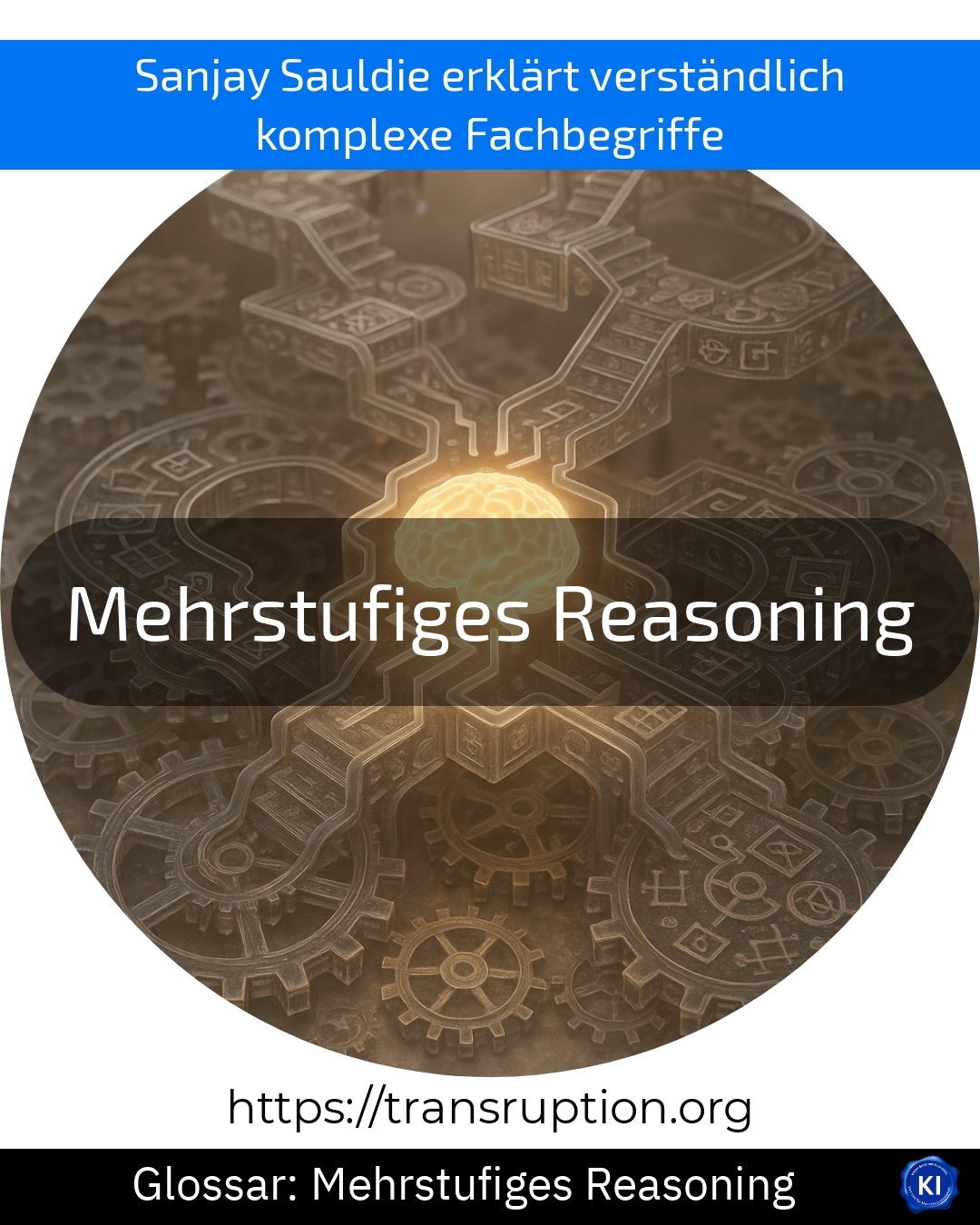Multi-level reasoning is particularly at home in the field of artificial intelligence and automation. It describes the ability of a machine or software to analyse a problem step by step, using several levels of thinking or decision-making. Unlike simple systems that only react to a single impulse, multi-level reasoning always looks one step further - or even several.
An illustrative example: Imagine you have a digital assistant that is supposed to recommend a dinner for you. This assistant uses multi-stage reasoning by first checking what food you have in the house. It then considers whether you have any allergies or anything you need to watch out for. It then checks how much time you have and recommends a suitable recipe. Each of these considerations is a separate stage - so the assistant not only thinks about the goal, but also about how to get there.
Thanks to multi-level reasoning, many AI systems are now smarter and can take on more complex tasks - for example, when diagnosing faults in factories or in chatbots that respond to more in-depth questions.















